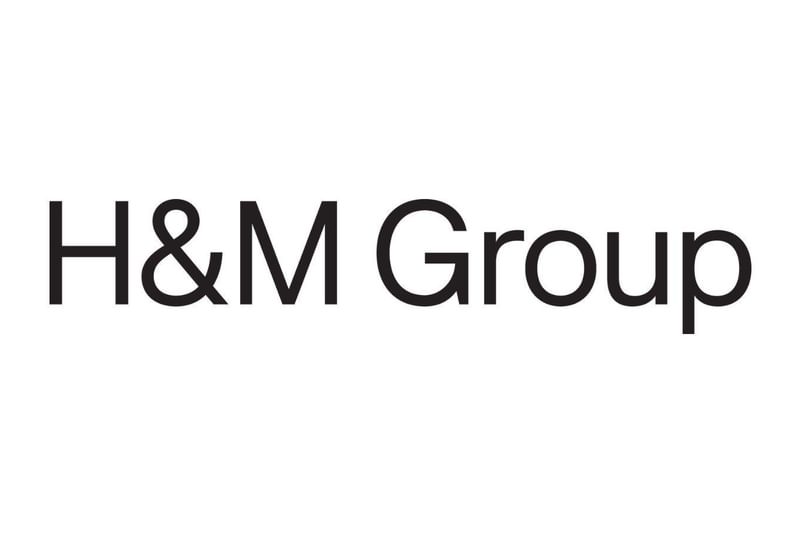
Over 150 financial institutions achieve validated science-based targets
Apr 3rd 2025
Larger and more diverse financial institutions are driving the adoption of science-based targets. The SBTi’s Head of Financial Standards Nate Aden celebrates the sector’s growing momentum.
Over 150 financial institutions worldwide now have validated science-based targets, and over 170 have committed to setting near-term and/or net-zero targets. The quickening adoption of science-based targets by the financial sector extends the trends we’ve been observing for the past couple years.
Here at the SBTi, we’re committed to meeting this rising demand by creating new resources that support financial institutions setting science-based targets.
Celebrating financial institutions’ near-term target setting
Since launching the first version of the Financial Institutions Near-Term Criteria in 2020, we have seen accelerating growth in financial institutions’ target setting. Regardless of market and policy uncertainty, financial institutions are stepping up. In 2024, we validated more financial institutions’ near-term targets than ever before, with a nearly 50% increase on 2023 validations. In March 2025, SBTi experienced its largest monthly growth of financial institution validations with 12 companies having their targets validated.
Among the validated financial institution science-based targets, 16 were assessed and published using Version 2 of the Financial Institution Near-Term Criteria, which was released in May 2024. In addition to clarifying coverage requirements and enhancing usability, Version 2 of the criteria introduced a new option for financial institutions to cover their fossil fuel related activities.
A broadening group of financial institutions is setting targets with this criteria, including banks, asset managers, asset owners and other types of financial institutions. Banks have remained the most common type of target-setting financial institution over the last few years, and this year we were pleased to validate ING’s science-based target. In addition to being the first global systemically important bank to have a science-based target, the ING target is notable for its inclusion of cross-portfolio fossil fuel targets and engagement through individual client transition plans.
The continued geographical diversity of financial institutions with validated targets is another step in the right direction. We now have financial institutions with science-based targets in 30 countries across Europe, Asia, Oceania, North America, South America and Africa. For example, we recently validated targets for our first banks in Thailand and Indonesia, reflecting the rapid growth of climate action we’re seeing in Asia, including 17 validations for financial institutions headquartered in Taiwan. We also recently validated Bancolombia—Colombia’s biggest bank—marking an exciting milestone for our work in Latin America.
The impact of these validations is systemic. The finance sector plays a crucial role in determining which businesses have access to capital and financial services. By setting science-based targets, financial institutions are driving transformative change across the global economy.
Anticipating financial institutions’ net-zero target setting
We’re preparing to further increase financial institution target setting through the publication of the SBTi’s first Financial Institutions Net-Zero Standard. This standard will enable financial institutions to set near-term and long-term net-zero targets across their lending, investing, insurance underwriting and capital market activities. The standard will also introduce alignment targets for financial institutions.
We’ve received extensive technical feedback to inform the development of the standard so far, including insights from our second public consultation on the draft standard last year. This consultation saw widespread engagement, with over 150 survey responses from a broad range of stakeholders. We also piloted the draft standard with 25 financial institutions, gaining valuable insights into its real-world application.
We presently have almost 140 financial institutions committed to setting targets with the Financial Institutions Net-Zero Standard, including some that already have validated near-term targets. Once we have completed all necessary steps described in our standard development procedure, we will publish the final standard for use—an exciting new phase for both the SBTi and the wider financial sector.
Stay up to date
To ensure you don’t miss any updates, visit the SBTi finance sector page, sign up to our SBTi finance newsletter and follow the SBTi on LinkedIn and X.



